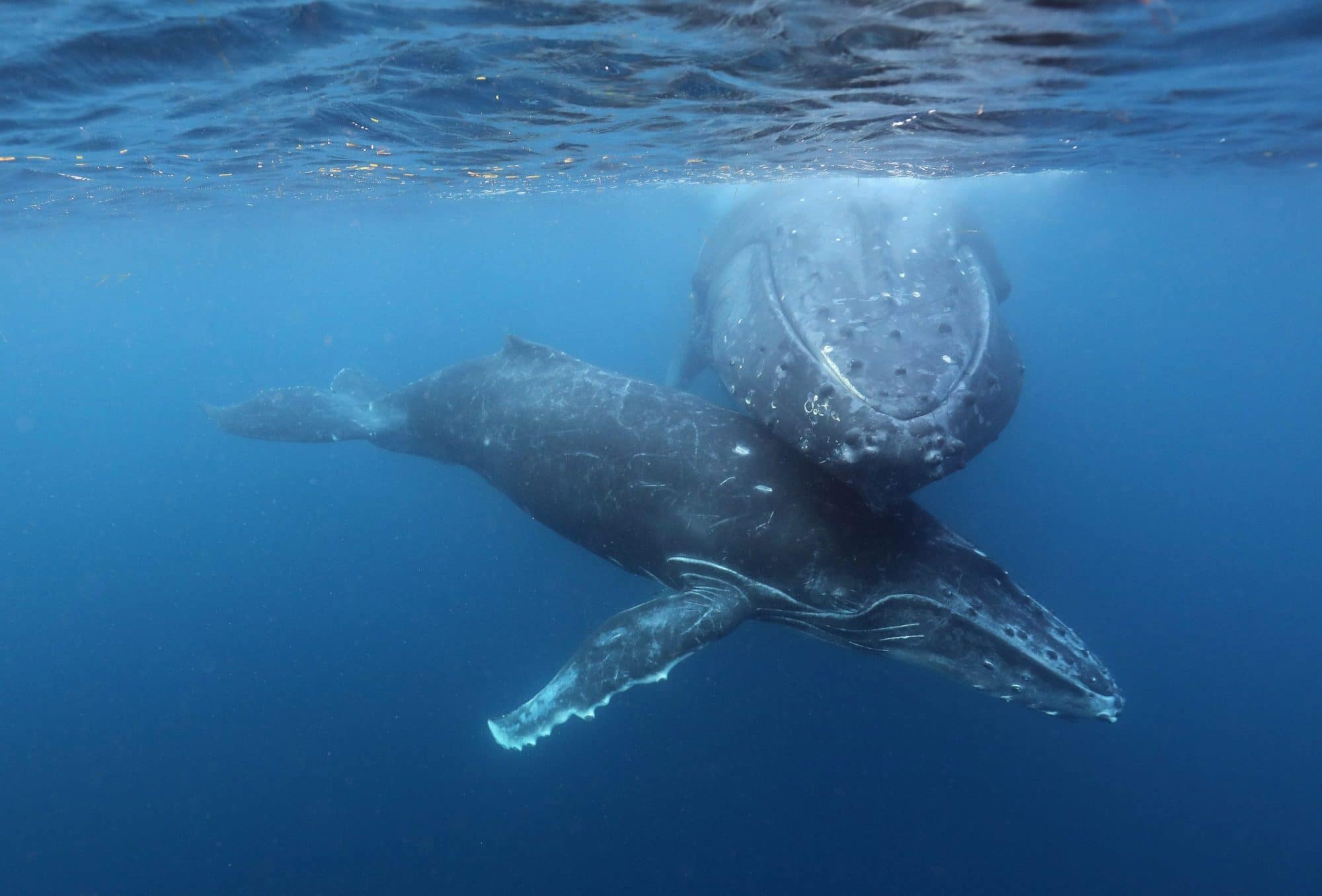
Unraveling the mystery of whale singing: a long-awaited discovery by scientists
After decades of research and mystery surrounding the unique songs of whales, scientists have finally made a long-awaited breakthrough. These amazing mammals, whose melodies are heard throughout the ocean, have long been of interest to both scientists and nature lovers. New discoveries are shedding light on the causes and meanings of these complex and mysterious sounds, revealing surprising aspects of the lives of sea giants and their communication skills.
Evolution of sound: study reveals mechanisms of baleen whale vocalization
Humpback and other baleen whales have a unique organ that allows them to make sounds underwater. The discovery, presented in the journal Nature, also explains why human-caused ocean noise has such a devastating impact on these sea giants. For whales, the frequency range in which they communicate coincides with the noise of ships. “Sound plays a critical role in their survival, as it is the only method for finding a breeding partner in the ocean,” explained Professor Koen Elemans from the University of South Denmark, who led the study.
There are 14 different species of whales, including blue, humpback, right, small and gray whales. Instead of teeth, these sea giants have horny plates known as baleen, which they use to filter tiny organisms from the water.
How whales create their complex and often unpleasant songs for the human ear has long remained a mystery. Professor Yelemans notes that understanding this mechanism was “extremely fascinating.” He and his colleagues experimented with whale larynxes, or “voice boxes,” that were removed from the bodies of three dead animals that washed ashore. These were different types of whales – dwarf minke whale, humpback whale and sei whale. Scientists blew air through these massive structures to produce sounds.

The human voice is produced by vibrations as air passes through the vocal cords in the throat. In baleen whales, the anatomy of the larynx is different: it has a large U-shaped structure with a fat pad at the top. This special shape allows the whales to make sounds as they process air and protects their respiratory tract from water. Research using computer models has shown that the singing of baleen whales is limited to a narrow range of frequencies that coincides with the noise from ships. “They can’t just start singing at a higher frequency to overcome the noise we create in the ocean,” Professor Yelemans explained .
A study has shown how noise in the ocean can prevent whales from communicating over long distances. This knowledge could play a key role in saving humpback whales, blue whales and other huge sea creatures that are at risk of extinction.
It also sheds light on questions about ominous whale songs that scientists have asked for decades and some sailors have linked to ghosts or mythical sea creatures. Whale communication expert Dr Kate Stafford of the University of Oregon called the research groundbreaking. “Voice and hearing play a vital role in the lives of marine mammals, so any scientific research aimed at understanding their ability to produce sounds can significantly contribute to the development of this field,” she told the BBC.
The study also describes the evolutionary path of how whales’ ancestors returned to the oceans from land and adapted to communicate underwater. The sound production of toothed whales is better studied because they are easier to study. These marine mammals, including dolphins, killer whales, sperm whales and porpoises, use specialized structures in their nasal passages to blow air. Dr Ellen Garland, from the Marine Mammal Research Unit at the University of St Andrews, said: “I have always been interested in how baleen whales, especially the humpback whales on which I focus my research, create such a variety of sounds by blowing air through special structures in their nasal passages. “Studying great whales is challenging even under the best conditions, and trying to figure out how they make sounds when they’re not visible underwater adds another layer of complexity. So these researchers have been very creative.” Dr Stafford said it was “amazing” for marine mammals to be able to create such complex sound signals, highlighting “how special these animals are”.
The current size record belongs to a 33-meter blue whale
Some of the most impressive inhabitants of the deep sea are giant whales, whose size can resemble entire islands. There is a legend that sailors sometimes confused these huge creatures with land and even landed on them. Stories say that the giant whale’s mouth was so huge that it could swallow ships. Although no such evidence has been preserved regarding ships, these sea giants could indeed accidentally capture people. In March 2019, an event occurred that amazed both man and the whale itself. The marine mammal nearly devoured photographer Rainer Schimpf, a 51-year-old correspondent reporting on the migration of sardines. “I felt a strong pressure around my waist, and at that moment the whale seemed to realize its mistake,” the man told The Telegraph newspaper. “As the whale turned, it opened its mouth a little to release me, and with a huge stream the water came out of his mouth.

There is evidence that the cold waters of the Arctic Ocean are inhabited by gigantic whales, among which the record holder is a 33-meter-long blue whale, which sailors could actually mistake for an island due to its gigantic size.
These stories remind us of how vast and unknown the ocean world is that we have yet to explore and understand.